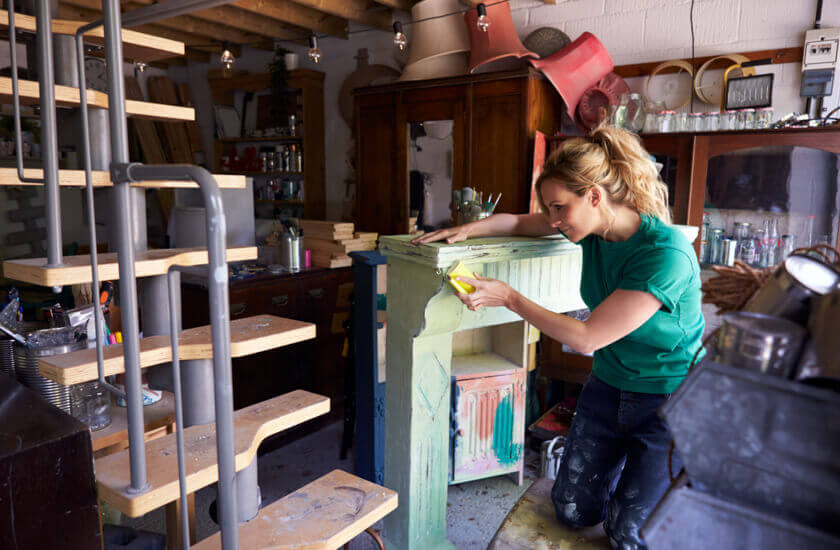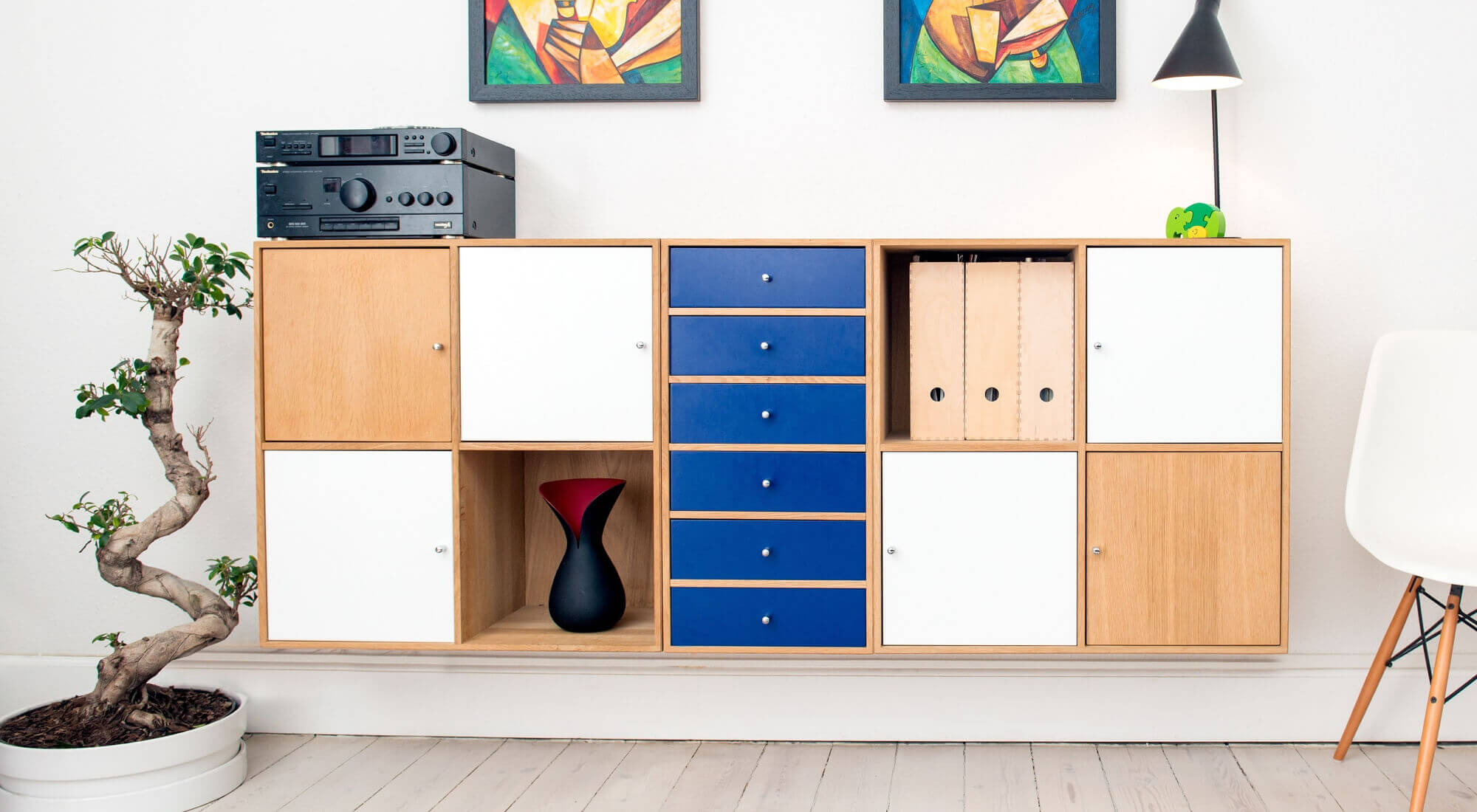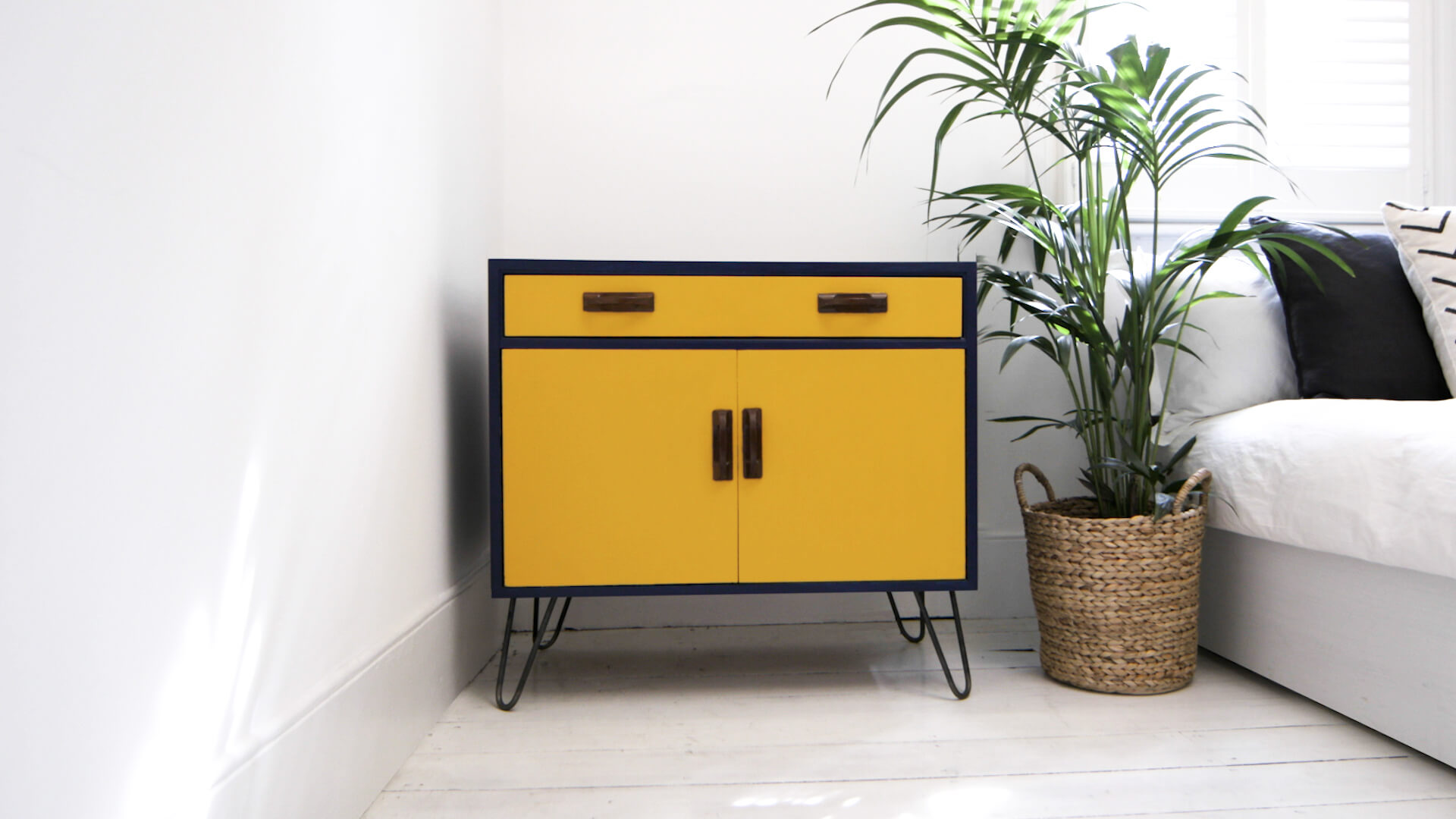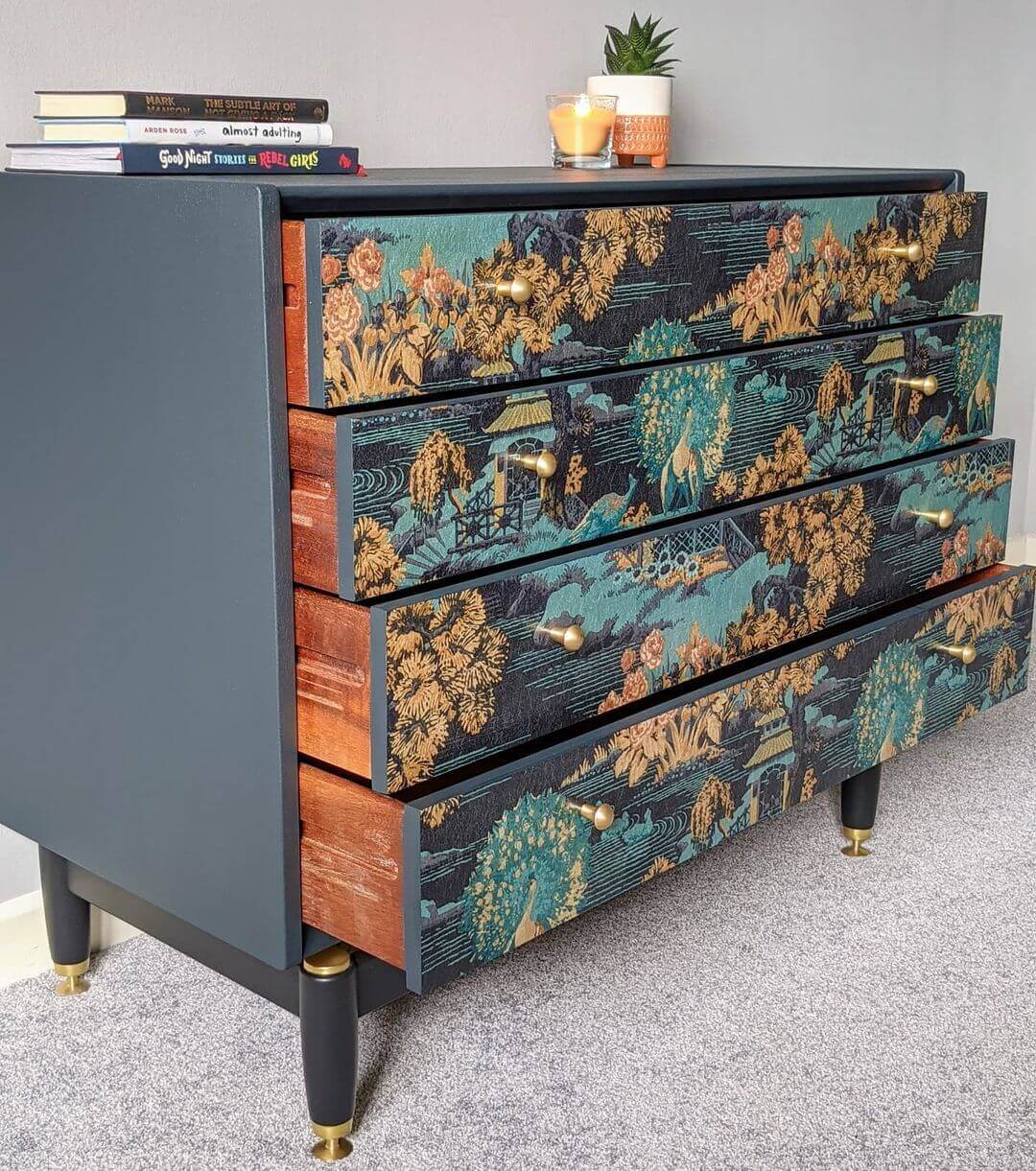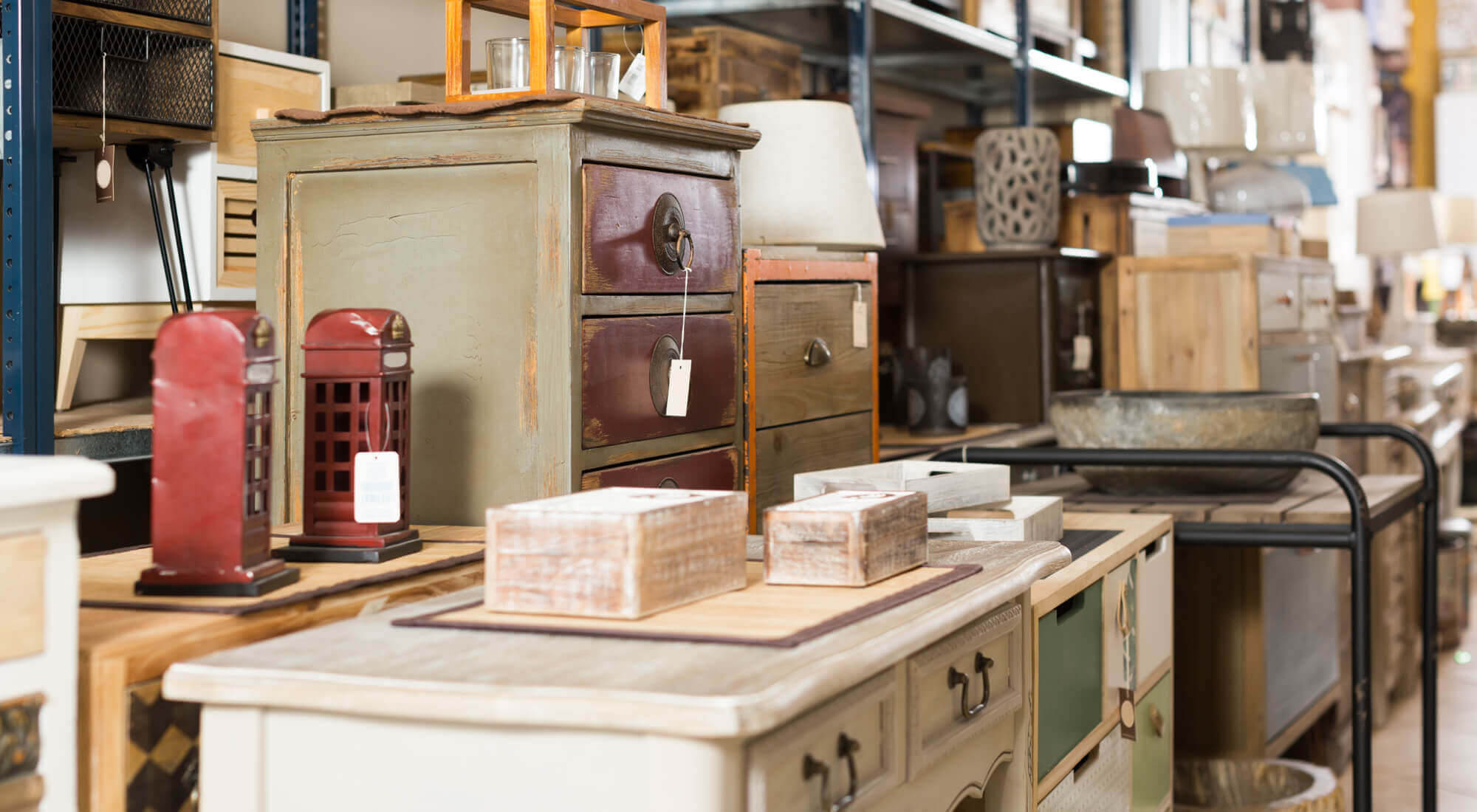
How to find furniture for upcycling
Upcycling furniture is sustainable, removes one more piece for landfill, gives old pieces the chance to be loved again, and lets you express your creativity. It's a great project to undertake if you're not allowed to paint your walls, and it can be done on a budget too.
Before you can even pick up a paintbrush, you need to find a piece of second-hand furniture to upcycle. If you don’t already own a piece or have an idea of what you want but no idea where to look, here are some tips for you.
1. Keep your options open
There are so many different places you can buy second-hand furniture. If you see an item you love, be sure to check other sources. You might find it cheaper elsewhere or in a better condition.
Gumtree, eBay, vintage shops, markets, charity shops and Facebook Marketplace are all great places to find second-hand furniture.
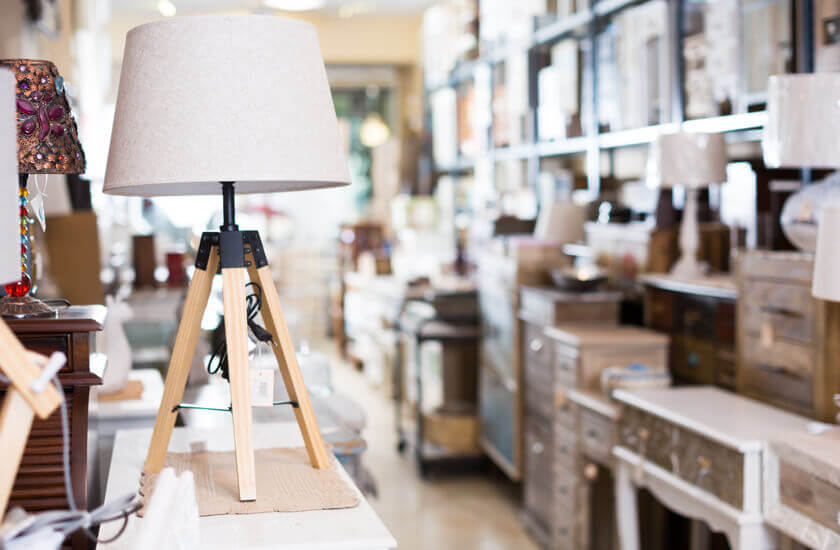
2. Try before you buy
If you can, look at the furniture in person before you buy it. This gives you the chance to inspect it for any damage and also gives you an idea of how much restoration work it needs.
Before you go, make sure you’ve got the dimensions of the area it’ll fit in.
It’s also important that you set yourself a bar of how much work you’re willing to do. You might uncover damage that wasn’t listed on the ad or realise it could very quickly become damaged further.
For example, if there’s rust, are you confident you can remove it? Similarly, if all you want to do is paint it, the furniture needs to be close to perfect.
Make sure you test all the hinges, sit on the chair, and open the drawers to check they’re functional and won’t fall apart.
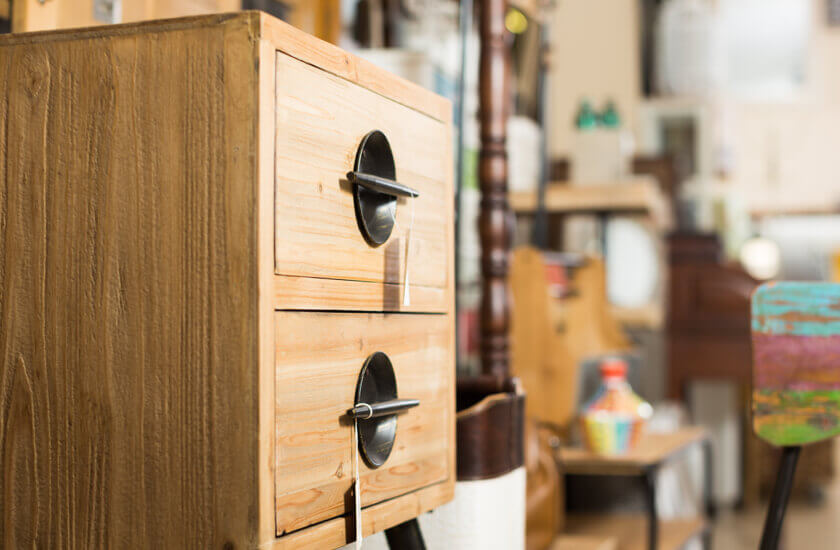
3. Look beyond imperfections
Small patches of damage shouldn’t put you off buying the furniture. Most cosmetic damage like scratches or holes can be repaired, so try to look past imperfections.
Uneven legs, wobbly doors, rust, and peeling veneer can all be repaired with the right products.
If the furniture you’re buying has fabric on it, remember that the material will have absorbed the smells of the room it’s been in. So if it’s come from a pet or smoking household, it might need a thorough wash.
Water damage like light coloured rings on the surface of the wood can be removed. However, if water has penetrated the wood, then you might have a harder job of repairing it. Water stains that are a darker colour may indicate the water has soaked, so you might have to use a little bit more skill to replace it.
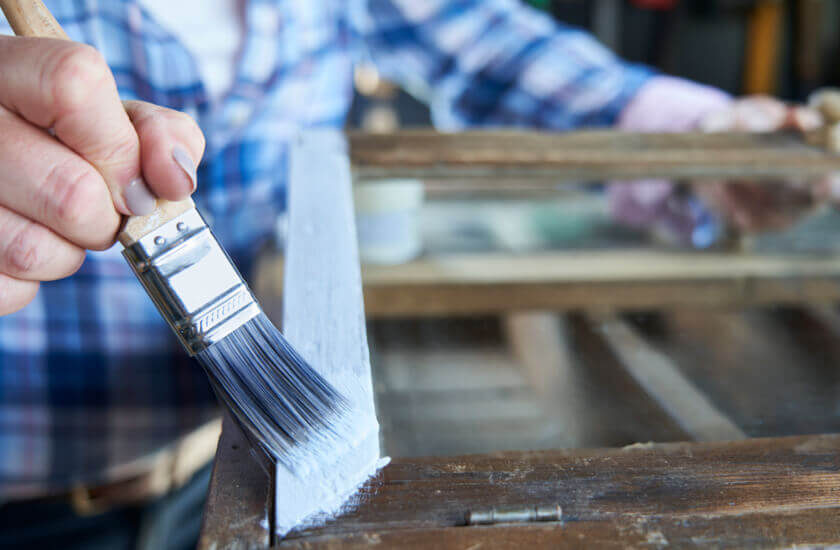
4. Check the structure
Where cosmetic imperfections can easily be fixed, structural damage is a little harder to repair. You can’t upcycle furniture if it’s fallen apart!
Check the joints and joists for any splits or cracks. The basic structure needs to be sound and provide a foundation for you to work from.
Dry rot and insects are often the cause of structural damage, and they’re not always evident until it’s too late. To check, push a knife into a section of the wood, if there’s little to no resistance, then the wood is damaged. Dry rot or insect damage needs replacing entirely.
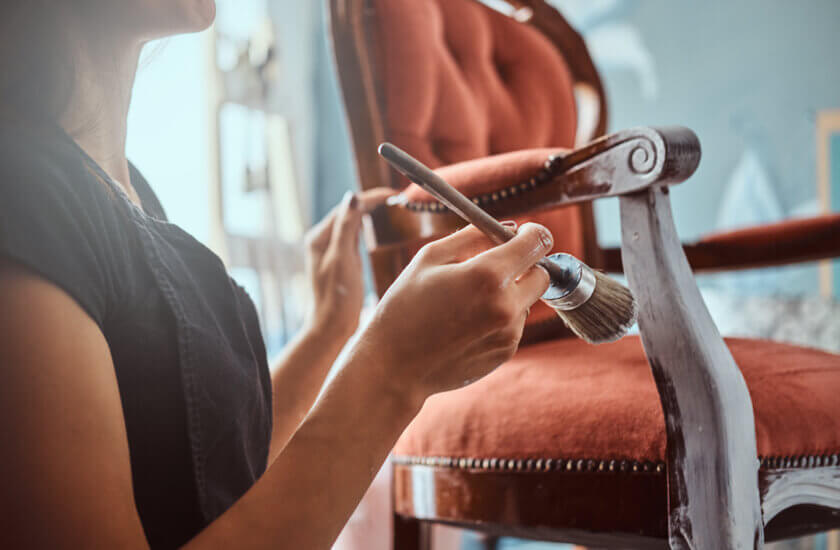
5. Consider how you want to upcycle
The furniture you buy may depend on the style you want to recreate. If you’re going to paint it a bright colour, choose a second-hand IKEA number. However, if you want something antique, consider how you can restore it to its former glory.
Part of upcycling responsibly is honouring the history of a piece of furniture. You don’t have to bring it back to exactly how it was, but consider how you can highlight its original features and make them pop.
You also need to think about the cost of upcycling. If you can see there are a lot of repairs needed, don’t underestimate how expensive this can get. Weigh up the cost of the furniture with how much it’ll cost you to repair – don’t be tempted by the cheap price tag!
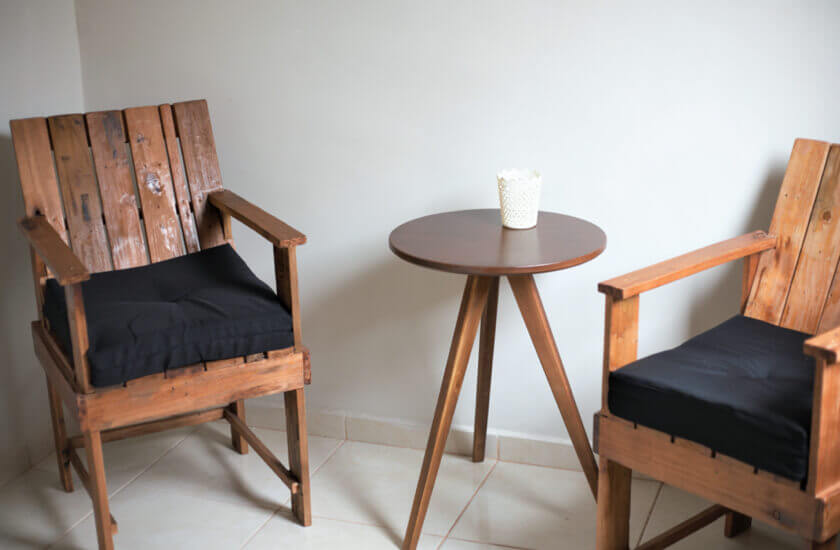
6. Buy it if you love it
Once you’ve inspected the piece of furniture and decided you love it, don’t hang around! Buy it there and then to start your upcycling project.
Now you’ve got your piece of furniture you can start upcycling. Check out our guide to upcycling furniture for everything you need to know and kick off your project.
